Harvest rain water? Why didn’t you think of it before? After all, what can be more natural than collecting free water falling from the sky to use in your household and around the garden? Well, it’s never too late to start. In this guide, you’ll learn everything you need to know about rain water harvesting so you can start getting those barrels and buckets full.
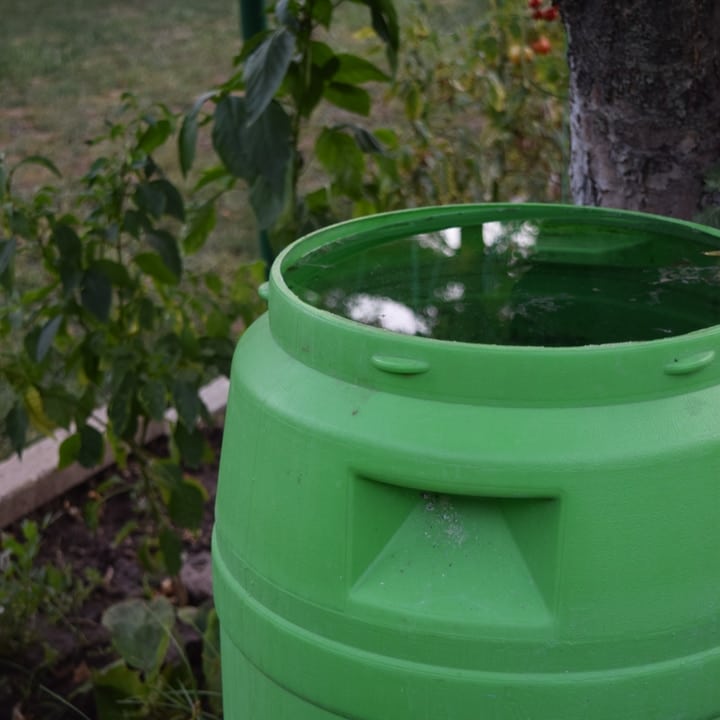
With the right approach and proper equipment, harvesting rain water becomes a simple and enjoyable task. And since your setup is important, we’ll show you different rain water harvesting systems you can use.
We’ll also cover some of the best rain water harvesting kits and barrels so you can get started in no time at all. But first, let’s start with the basics.
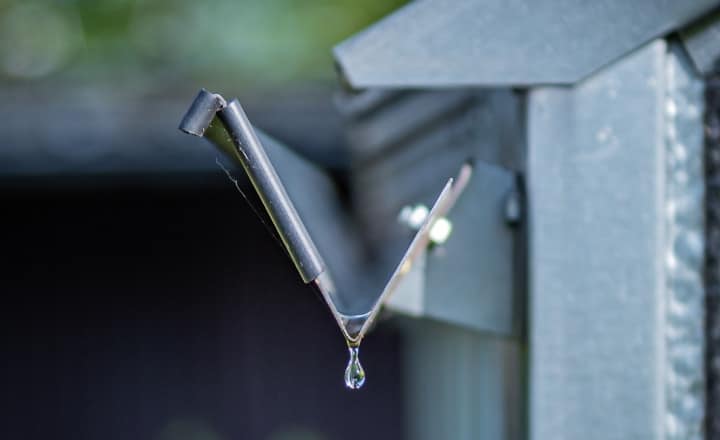
What Is Rain Water Harvesting?
Rain water harvesting refers to all the different methods we, humans, use to collect the rain water that falls on a surface, such as the roof of a house, and store it for later usage.
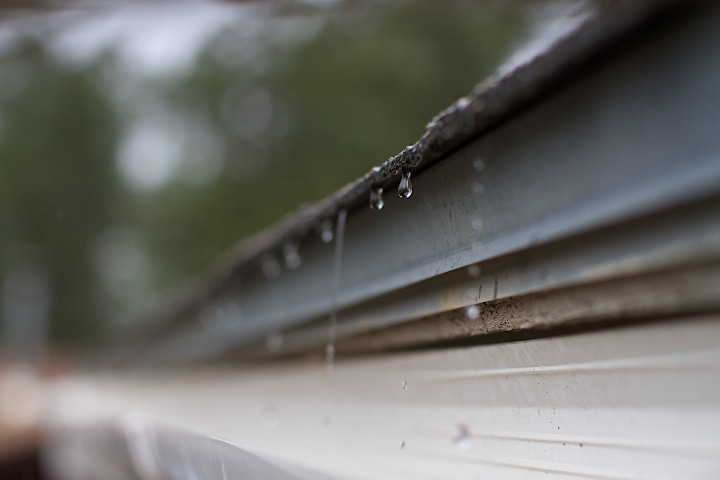
Important: Don’t confuse rain water harvesting with stormwater harvesting which means collecting the runoff from creeks, drains, or roads.
What is interesting about rain water harvesting is that we are basically reinventing a practice used thousand of years ago, back in the Neolithic Age, when people made lime cisterns to collect rain water.
Did you know: Archaeologists have discovered in Israel a large cistern carved out of solid rock dating to 2500 BC. This ancient cistern was large enough to hold 60,000 cubic feet of water, which amounts to about 2/3 of an Olympic swimming pool (c. 88,000 cubic feet).
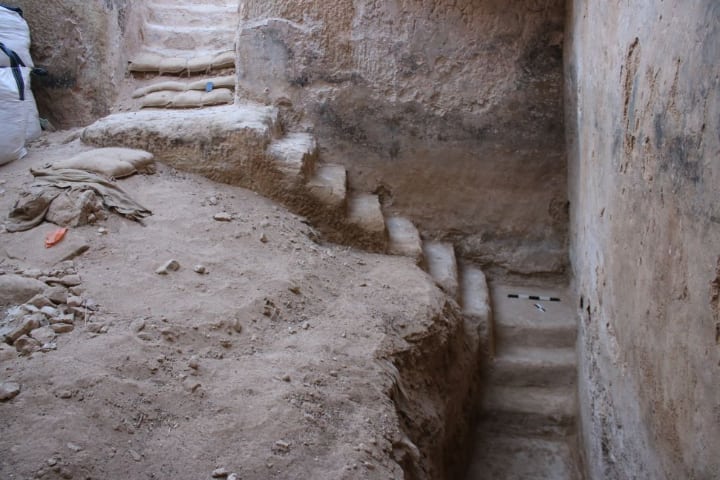
Over the past few decades, the practice of harvesting rain water has been growing in popularity as people look to cheaper and eco-friendly ways to water their gardens and create their own water reserve for other purposes.
After all, we already got gutters, right?
Rain Water Harvesting Benefits
The practice of rain water harvesting allows a high degree of self-sufficiency. A lot of people in rural areas have been drawn to it for similar reasons.
However, nowadays it’s also people living in urban areas who are looking into rain water harvesting. The concept goes very well with the current calls for a more sustainable way of life.
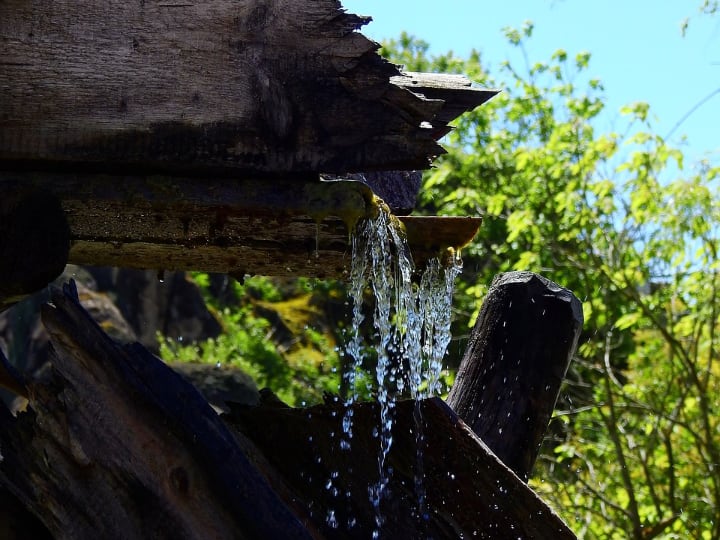
Some of the key benefits of rain water harvesting include:
- Collecting rainwater eliminates or greatly reduces the need to use treated water from the public system.
- When it doesn’t rain enough, it’s only natural to use your reserves to water your plants or crops.
- Rain water is better for watering your plants as it’s not chlorinated like the water that comes from the public water system.
- By switching to rain water harvesting, you do yourself a great favor, as you eliminate flooding and drainage issues, not only for your property but for the surrounding areas as well.
- Having your water reserve can save you a lot of headaches in case of an emergency like main water pipes bursting.
- Installing a rain water harvesting system is rather cheap and you can easily move it around to fit your needs in case you’re expanding your house or reconfiguring your property.
- If you decide to relocate, you can take your rain water system with you.
Tip: If you have a good rain water harvesting system you can collect up to 80% of the rain water that falls on the roof of your house in one year. That could mean a lot of water!
Uses of Rain Water Harvesting
Rain water is clean enough to be put to many uses. Here are just a few of them.
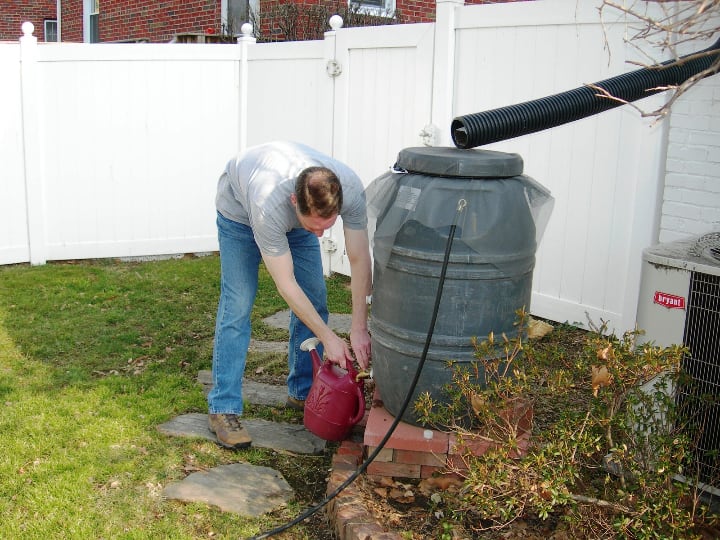
- Water your garden or your plot when it doesn’t rain enough, with no extra costs. You can do this by hand, the old-fashioned way, or you can invest in an irrigation system that will save you a lot of work.
- You can safely use the water in your barrels to wash your pets. At the same time, you can wash your car with it or clean your driveway.
- Inside the house, you can use collected rain water for washing clothes or flushing toilets.
- If need be, with a filtering and disinfecting system, you can make rain water potable.
- In times of drought, you can use rain water reservoirs to refill a pond or the swimming pool. Or use it for your garden water features.
- You can use it in hydroponics and aquaponics systems.
How Rain Water Harvesting Works
If you’re serious about starting your own rain water harvesting system, let’s have a look at the lingo you’re likely to come against.
These terms help explain the essential rain water harvesting methods we use today.
Catchment
The surface you want to collect rain water from is referred to as catchment. For most people, this would be the roof of the house, whether it’s flat or sloped.
Your purpose is to collect as much as possible of that rain water and store it for further use.
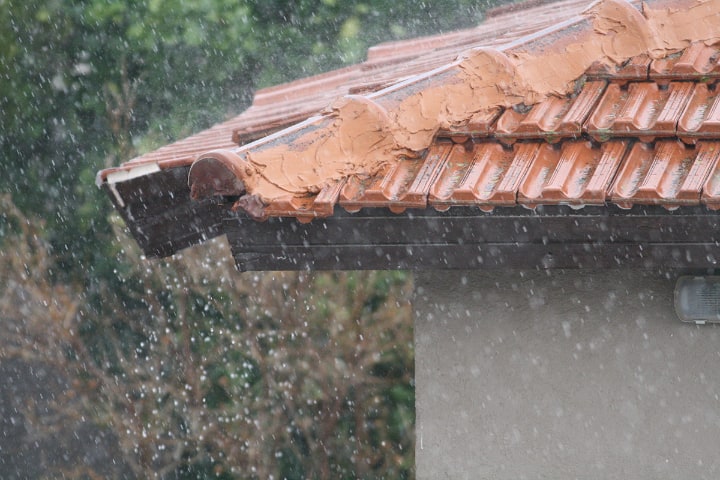
For surface rain water harvesting, the catchment is the land area from which runoff is collected. In this case, the catchment can be the courtyard, a road, or any sort of land area, which can be paved or not.
However, most people are interested in rooftop catchment as it is easy and inexpensive.
Transport System
OK, rain falls on your roof, but how do you get all that water into your storage tank?
You can transport the water from your rooftop through normal drains or specially installed PVC pipes.
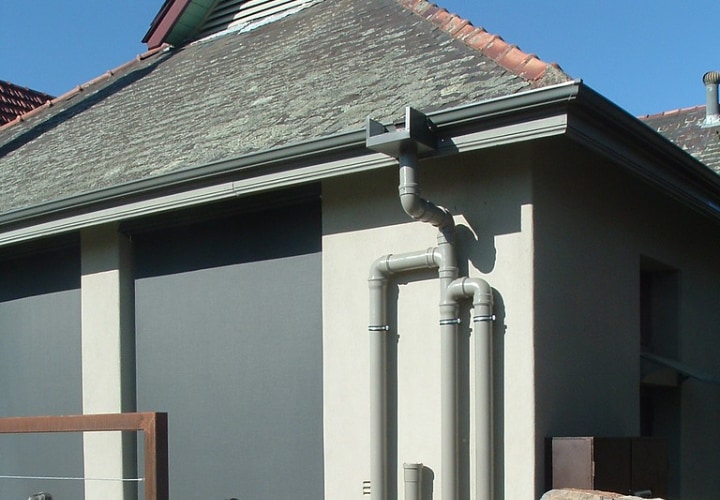
In both cases, you need to make sure the pipe has an adequate capacity so you can make the most of each rainfall. The drains/pipes transport the water to whatever reservoir you have.
First Flush
Harvesting rain water is a great idea, but you really don’t want all the filth from your rooftop in your barrel. This is where the first flush diverter comes in. It’s a simple device that deviates a predetermined amount of water away from the barrel.
That would be the water that effectively washes away all the dust, silt and bacteria that accumulates on the roof between rains. It’s particularly useful if you live in an area with infrequent rains.
Once the rooftop is fairly clean, the water is allowed to flow into your storage container. If you’re planning to install a large water harvesting system you could use a barrel to catch the first flush.
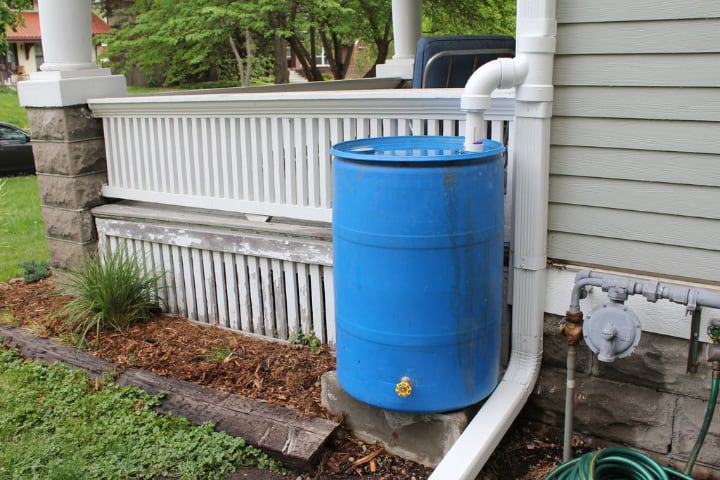
If you’re using just one water container, the first flush diverter should be installed just above it.
Tip: Regular maintenance is needed to clean all the build-up that might clog the pipe.
Filtering Rain Water
Even if you have a first flush diverter in place you still need a filter to remove turbidity and micro-organisms from the rain water.
Filtering your rainwater serves an immediate purpose—to make it safe to use in your garden, as well as a long term purpose, namely making sure you don’t allow dirt and bacteria to accumulate in your storage unit.
You don’t want nasty bacteria proliferating and spoiling the water reserves, especially if you have a large container where you want to store water for a longer period.
There are various types of filters you can install on top of your water barrel and here are some of the most commonly used ones.
Sand Gravel Filter
As the name implies, sand gravel filters use sand, pebbles, and gravels to remove some of the impurities in the water coming down from your roof.
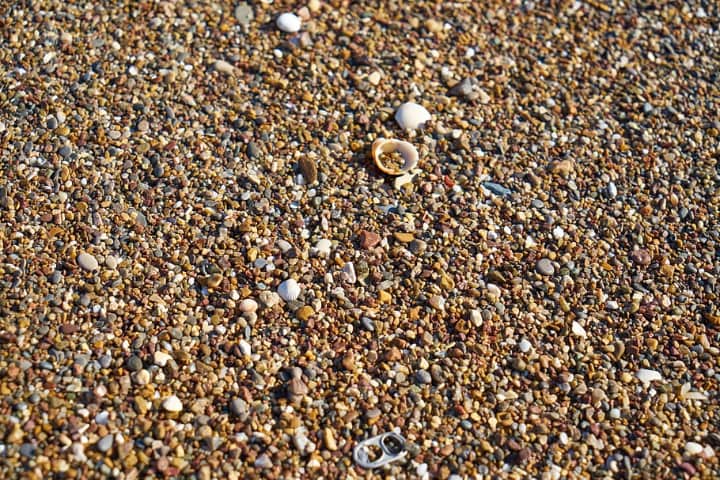
Charcoal Filters
You can use a thin layer of charcoal filter on top of the sand gravel one, mainly to eliminate funny odors in the collected rain water.
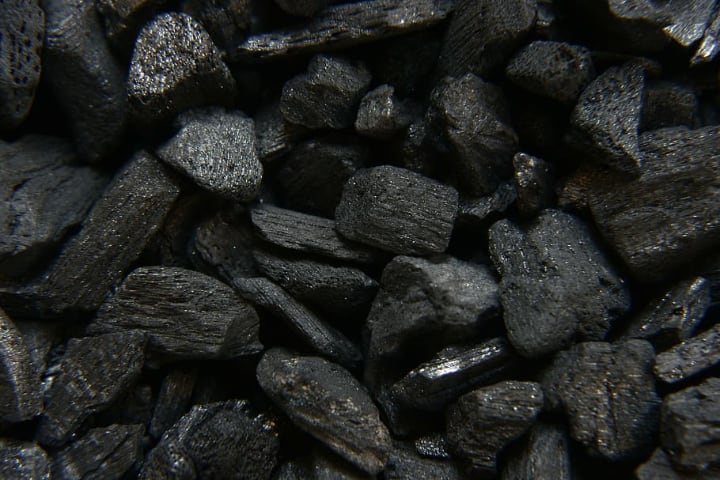
Sponge Filter
Sponge filters are good for residential units and consist of a layer of sponge inserted in the middle of your rain collection unit.
How Much Rain Water Can You Harvest?
If you’re wondering whether it is worth the trouble, you must understand that the quantity of water you can harvest depends on the weather conditions, that is how much rain you usually get in your area.
Tip: The better your system is, the more water you can collect.
The basic formula to determine how much water you can harvest is:
1 inch of rain x 1 square foot of area = 0.623 gallons of water.
If the roof of your house is 1,000 square feet, you can collect 623 gallons of water after a 1-inch rainfall.
Tip: To make it even easier, you can use a Rain Water Collection Calculator.
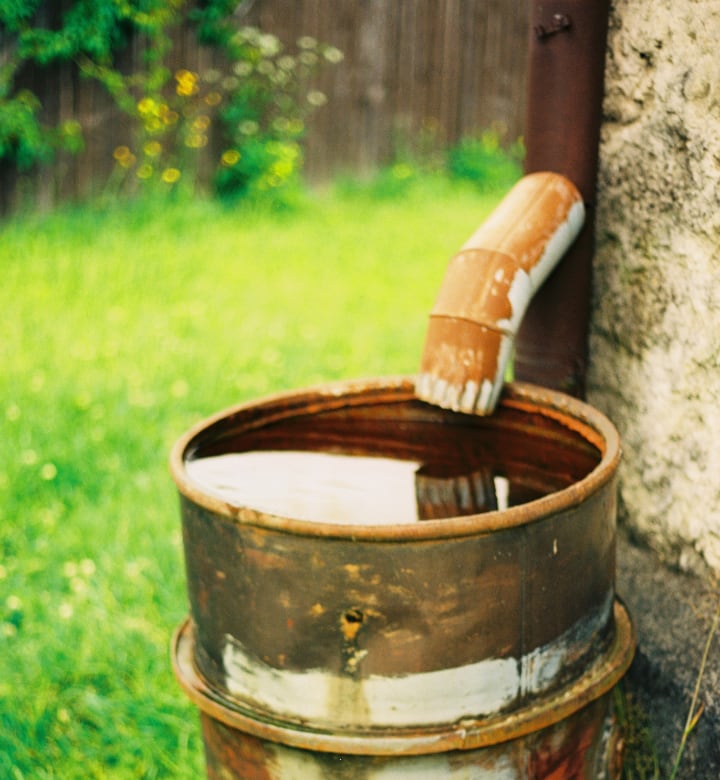
You will also need to have a look at the rain levels in your area, which you can easily do by checking official statistics on monthly precipitations.
Check out the US Monthly Precipitation Chart or look for the charts specific to your area.
Tip: If you have a 25×40 ft roof, which is quite average, you can expect to collect roughly 600 gallons of water during one hour of moderate rain. Make sure you have enough barrels ready!
Rain Water DIY Systems
You can start rain water harvesting on your own using a basic DIY system. It’s not rocket science, you know, just rain water harvesting!
Rain Barrels
There’s nothing easier than to grab a barrel and place it under the water spout of the main roof drain.
You don’t even have to invest in a new barrel if you don’t want, as you can easily recycle any sort of barrel you have around the house.
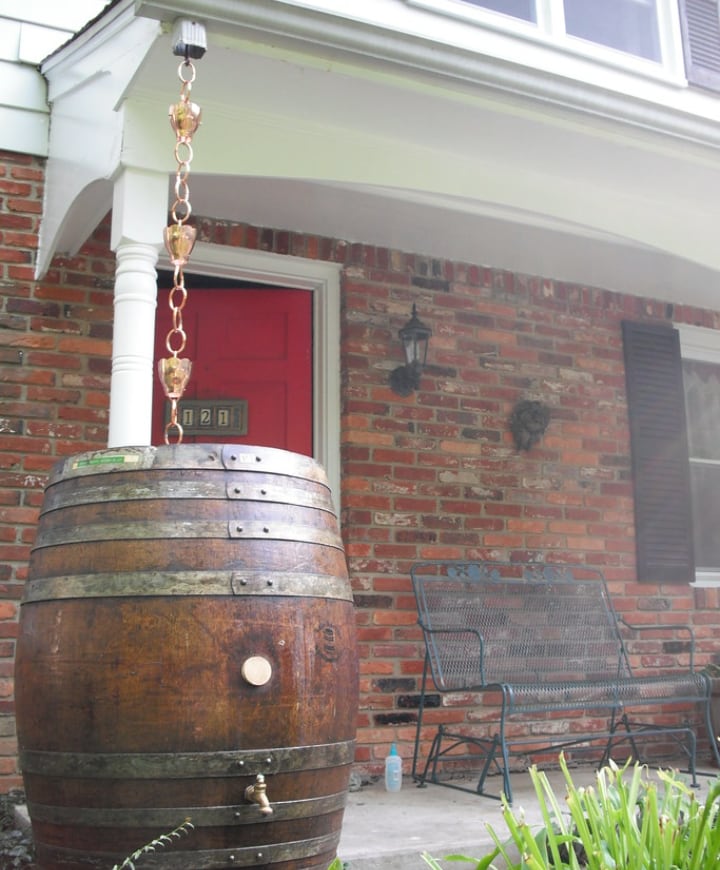
Depending on the intended use, you can fit the barrel with a spigot and even a water hose.
Pros
- Readily available
- No installation required
Cons
- Limited capacity: only 50-100 gallons
- Overflow risk, which means you’ll be wasting a lot of good water
Dry Systems
If you’re not satisfied with a plain old barrel, you can step up your game and use a more professional system.
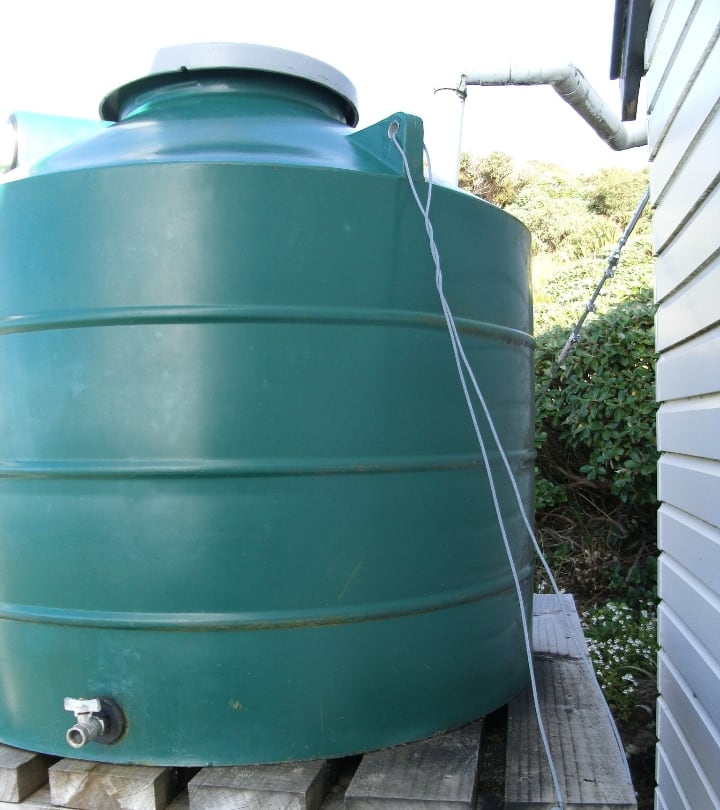
You can use a large water tank to dry out every bit of rainwater from your roof.
Pros
- Highly recommended for an area where the rains are not very frequent. If you live in an area where you get a storm once in a while, this sort of rain water harvesting system will help you catch as much water as possible to use over the dry periods.
- The system requires little maintenance.
- Stores a large amount of water.
Cons
- It might cost a bit more than using a simple barrel, but you can find a large water tank rather cheap if you do your research.
- A large water reservoir set up right next to your house might take up some space. See how this works for your property.
Tip: Keep in mind that water is heavy. Check if the structure where you’re planning to install your water container is sturdy enough. For instance, 600 gallons of water weigh approximately 5,000 pounds! That’s about as much as a small elephant.
Wet Systems
This is a more professional rain water harvesting system that requires installing underground pipes to collect the rainfall from several gutters. Try it once you’ve mastered the simpler systems.
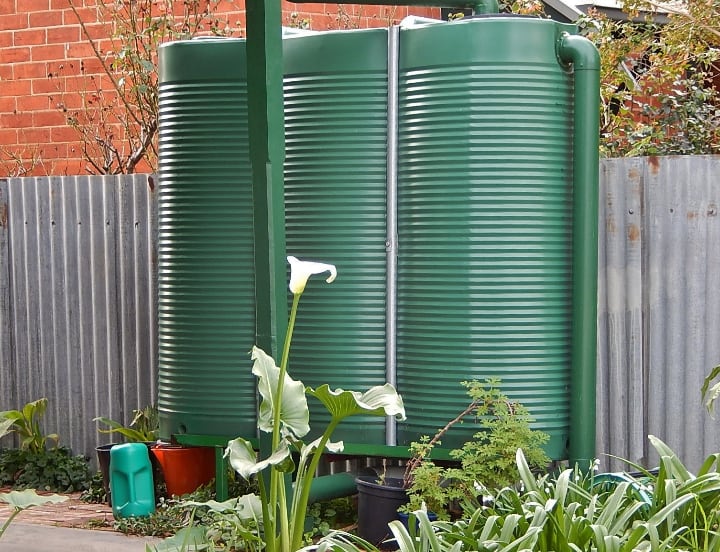
Pros
- You can collect every bit of rain available to maximize your water reserve.
- No need to place barrels under every spout.
- Since you’re using pipes, you can place the water reservoir further away from your house, so you won’t be inconvenienced by a tank sitting next to your front door.
Cons
- More costly than the basic system as you will need to install the pipes underground.
- Requires a bit of planning to make sure the water flows correctly through the pipes.
Tip: A water tank can be as small as 50 gallons, but you can go all the way up to a 10,000 gallons reservoir. However, the average storage capacity is about 1,000 gallons.
Rain Water Harvesting DIY Ideas
Enough with the talking, let’s get to work. You have the barrel, you’ve gathered your tools, now what do you do with them?
Simple DIY Rain Water Harvesting Barrel
This rain water harvesting idea is about as basic as can be and it’s perfect for beginners. A 55-gallon barrel will be enough for your gardening needs and the container is small enough you can put it anywhere, even on your patio.
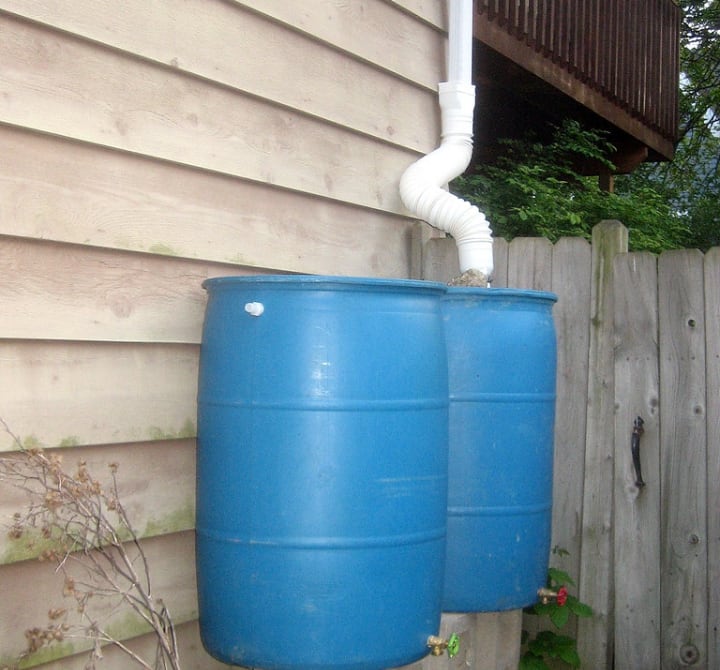
As it doesn’t hold much water it’s not very heavy so, instead of building a platform for it, you can place it on a simple stool lying around the house.
All you need to do is drill a hole to install a spigot hose. Make sure you use a bit of sealant if you don’t water leaking on your porch.
DIY Rain Barrel with Overflow Pipe
For this DIY project, what you need besides the water barrel are simple tools like a jigsaw or a spiral-cut saw to make the holes, PVC adapters, bulkhead fittings, and spigots, which you can find at a DIY store.
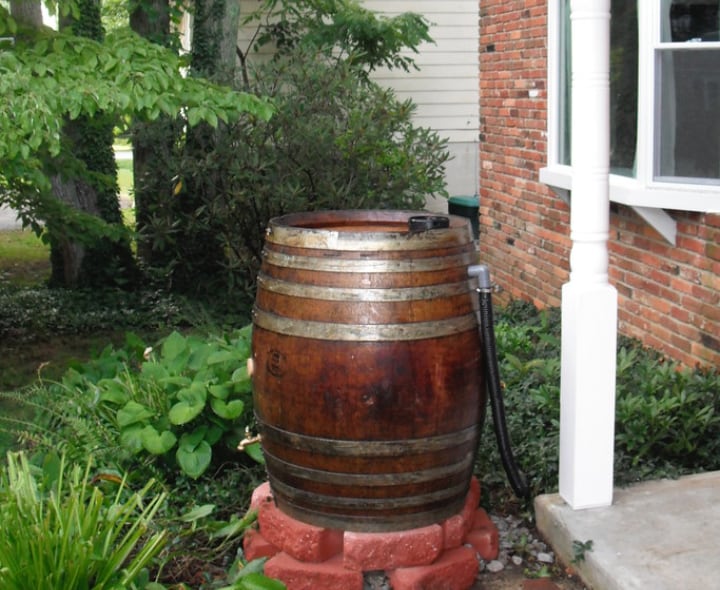
With this method, you can easily make a rain barrel with an overflow diverter and install the spigots that will allow you to use the water easily.
Rain Barrel on a Budget
You can make your own rain water harvesting system for less than $100 using this simple method.
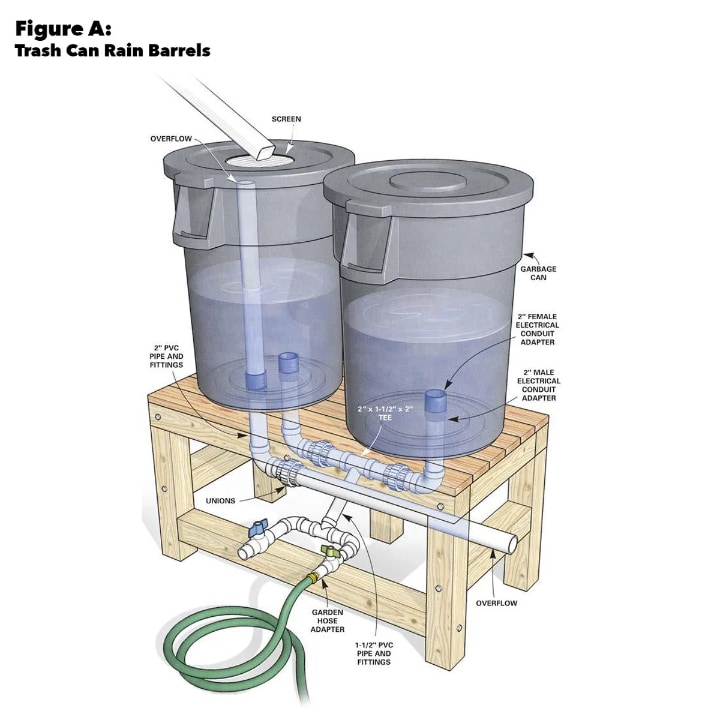
If you already have plastic drums or old trash cans thoroughly cleaned, you can get away with less than $50 as all you are going to need are some plumbing parts.
If you want, you can build a wood stand for your barrels and install the pipes beneath them. This system is particularly useful if you want to water your garden with the water in the reservoir.
All you need to do is install a spigot on the pipe and attach a garden hose to it.
DIY 275 Gallon Rainwater Collection
This is the type of rain water harvesting system recommended for watering a large garden. It’s a bit more complex than the other systems mentioned so far.
If you think you’re ready for this method, you will need to shop around for an industrial 275 gallons container. Buy used if you can or look for companies that simply throw away such plastic containers.
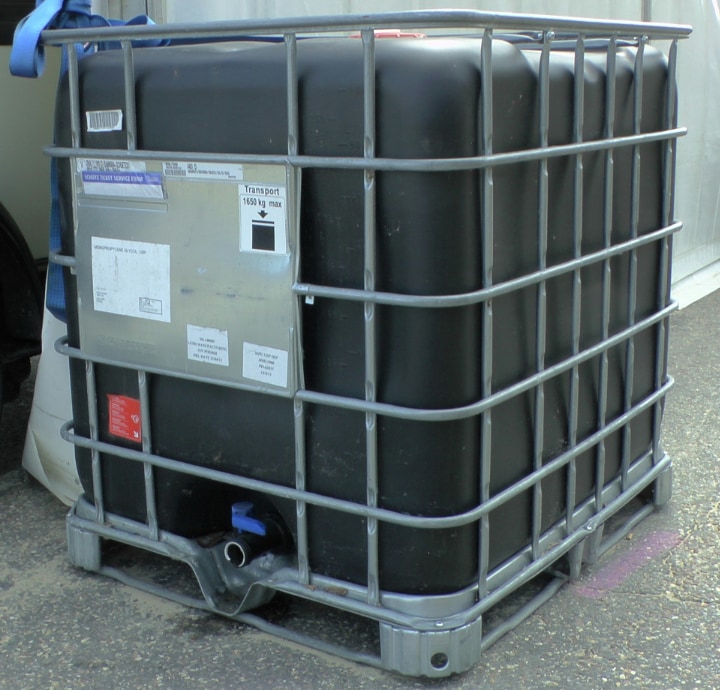
You will also need a wooden pallet to build a platform, spigots, a gutter screen, a bug screen, and some silicon to seal the container.
Contrary to what you might think, this type of container doesn’t take up a lot of space and will have five times more water readily available than when using a standard 55 gallons barrel.
Fun Fact: The town of Hanalei in Hawaii holds the record for 24-hour rainfall on US territory. In April 2018, a whopping 49.69 inches of rain poured over the town in one day!
Rain Water Harvesting Kit
Putting up your own rain harvesting system might be a bit confusing, so here a few items you might find useful.
EarthMinded DIY Rain Barrel Diverter and Parts Kit
You will need a rain water harvesting kit if you want to avoid problems caused by overflow, which could damage the foundation of your house.
In case there’s too much water in the barrel already, the diverter will pass the extra water via the downspout.
People who already bought this product say the instructions are pretty straightforward so installing everything is an easy job.
EarthMinded Complete DIY Rain Barrel Diverter Kit
You’re looking at a complete kit that fits any standard rectangular downspout, which you can easily install on any sort of barrel to transform it into a water storage unit.
It comes with everything you need, including winter cover, barrel spigot, drain, and cover. All you need is an old plastic barrel or a trash can!
The diverter will take care of the overflow in case of a downpour that fills your barrel in 15 minutes!
EarthMinded Rain Barrel Plastic Diverter Kit
This type of kit allows you to transform any container into a proper water collection barrel.
The diverter comes with a flexible pipe that stretches from 8” to 31”. With this kit, you can even convert an old trash can into a rain water barrel in less than 30 minutes.
Best Rain Water Barrels
If you don’t have a barrel already, you can go for a specially designed one which will make rain water harvesting so much easier.
These barrels differ from regular ones thanks to special features that make these containers more user-friendly.
FCMP Catcher 4000 Rain Barrel
The first thing you will notice about this barrel is that it’s flat-backed, so it fits better under the drain.
At the same time, this rain catcher has an overflow connection that directs excess water away from the foundations of your house.
The side spigots allow you to connect multiple barrels for a really professional rain water harvesting system.
Used Food Grade Rain Barrel with DIY Kit
This is your basic rain water barrel made from upcycled plastic. It comes with a brass spigot, as well as an overflow valve so you won’t have anything to worry about during a hard rain.
The 58 gallons barrel has a twist top lid, quite easy to use. A downspout adapter is also included, which allows you to use your stored water as needed.
55 Gallon Blue Water Barrel
This is a pretty much standard 55 gallons rain water barrel made of safe plastic materials, which won’t affect the quality of the water.
You can also find similar products with smaller water capacity if that’s what you need. This barrel was pressure-tested to make sure it won’t leak.
Rain Water Harvesting FAQ
Still got questions about rain water harvesting? We’ve put together a list of essential questions you should know about.
What is rainwater harvesting?
Rain water harvesting refers to all the various methods used to catch clean water falling from the sky and store it for later usage. You can use different water harvesting systems, but the easiest one is using any sort of clean barrel placed under a drain spout. This method will do for a beginner and, as you learn more, you can move on to a more professional rain water harvesting system.
What is the main purpose of rainwater harvesting?
From an ecological point of view, rain water harvesting means saving water and making use of natural resources. In practical terms, it allows you to use free and clean water to water your lawn or your garden when it doesn’t rain, which saves you some money on the water bill.
Can rainwater harvesting be used for drinking water?
Rain water itself is safe to drink, but what you should worry about is the way it is harvested. Water that has washed over your rooftop will inevitably collect dust and possible pathogens, and there’s also the cleanliness of your barrel to consider. You can purify rain water using various methods, such as chlorination or ultraviolet radiation. Learn more about the uses of rain water harvesting.
What are the two methods of rainwater harvesting?
The two basic rain water harvesting methods are rooftop harvesting and surface runoff harvesting. Collecting water your rooftop is quite easy and requires very little investment.
Surface water collection refers to the collection of the runoff from a land surface, such as your own backyard, a creek, or a public road, but this is quite different and a bit more complicated than simply catching all the rain water that falls on your roof.
Let It Pour!
Once you set up your rain water harvesting system you’ll love the rain and everyone will give you a funny look when they hear you say let it pour!
Each rain becomes a blessing when you know all that free water is going to end up in your big fat barrels.
And when the rain stops and dry hot days follow, you’ll have no worries. There will be plenty of water stored in your barrels to water the garden, regale the chickens and the rabbits, cool off the pets, and clean your car.
Rain water harvesting is a straightforward process, which requires little investment and just basic maintenance.
So, what are you waiting for?
PS: Once you set up your system, show it to us. We’d love to hear what you came up with. Or at least what color your barrel is?

Leave a Reply